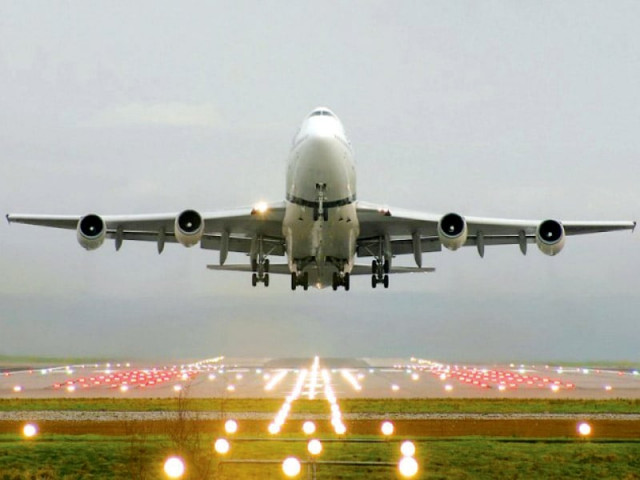
After increasing 5.3% on a year-on-year basis, the outstanding domestic debt of public-sector enterprises (PSEs) stood at Rs365.8 billion at the end of September.
Latest statistics on the country’s debt profile released by the State Bank of Pakistan (SBP) show that PSE debt as a share of the gross domestic product (GDP) currently stands at 1.3% as opposed to 1.4% in September 2013.
Among all PSEs, Pakistan International Airlines has accumulated the largest amount of debt, which amounted to Rs67.4 billion at the end of the first quarter of 2014-15. The outstanding debt on the balance sheet of Pakistan Steel now amounts to Rs39.9 billion, which makes it the second most indebted PSE, according to data compiled by the SBP.
Credit to the private sector has remained subdued so far in the fiscal year. It amounted to a little over Rs8 billion from the beginning of 2014-15 until November 7. In contrast, the private sector had borrowed Rs86.2 billion in the comparable period of the preceding fiscal year, according to SBP’s latest monetary aggregates. This translates into a year-on-year decline of 90.6% in private-sector credit from July 1 to November 7.
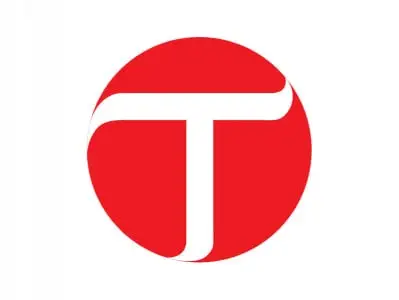
The drop in private-sector credit off-take in the current fiscal year follows a historic rise in loans extended to private businesses in 2013-14 when it reached a six-year high of Rs383.9 billion. The private-sector had retired Rs19 billion on a net basis in 2012-13.
In a positive development, net federal government borrowings from the central bank for budgetary support have also gone down drastically in the first four months of 2014-15. From July 1 to November 7, net federal government borrowings from the SBP amounted to Rs111.7 billion. This reflects a decrease of 85.1% from the corresponding figure recorded during the same period of 2013-14.
The drastic reduction in federal government’s borrowings from the central bank has resulted in constrained growth in money supply in the economy since the beginning of the fiscal year.
Broad money – which includes currency as well as deposits with the SBP – grew by Rs58.2 billion during July 1 and November 7, translating into a growth rate of 0.58%. In contrast, money supply had increased Rs191.3 billion, or 2.16%, over the same period during the preceding fiscal year.
Data shows the currency in circulation has increased by Rs216.2 billion since the start of the current fiscal year. The increase in the currency in circulation during the same period of the last fiscal year was Rs251.2 billion.
Total currency in circulation on November 7 stood at Rs2.39 trillion, SBP monetary aggregates show.
Net federal government borrowings from scheduled banks since the start of the fiscal year remained Rs99.5 billion. They were in the negative zone during the same period of 2013-14, with the government retiring Rs307.7 billion.
Published in The Express Tribune, November 22nd, 2014.
Like Business on Facebook, follow @TribuneBiz on Twitter to stay informed and join in the conversation.










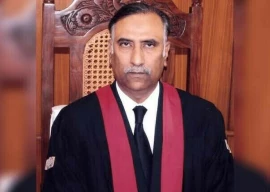

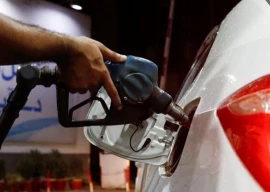




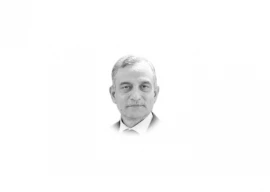


COMMENTS
Comments are moderated and generally will be posted if they are on-topic and not abusive.
For more information, please see our Comments FAQ